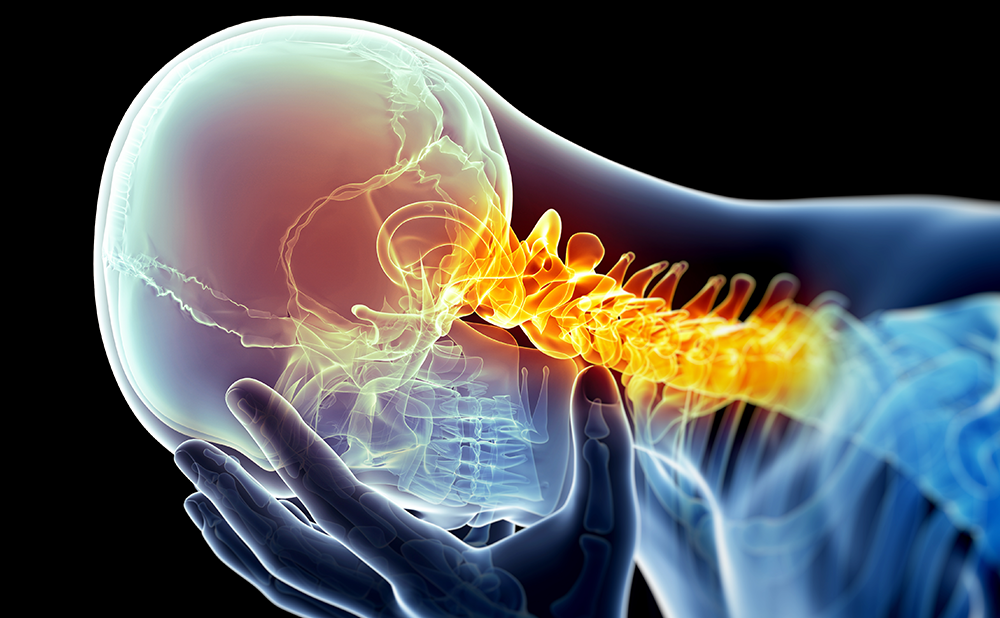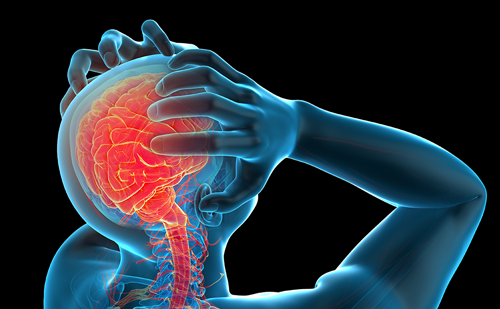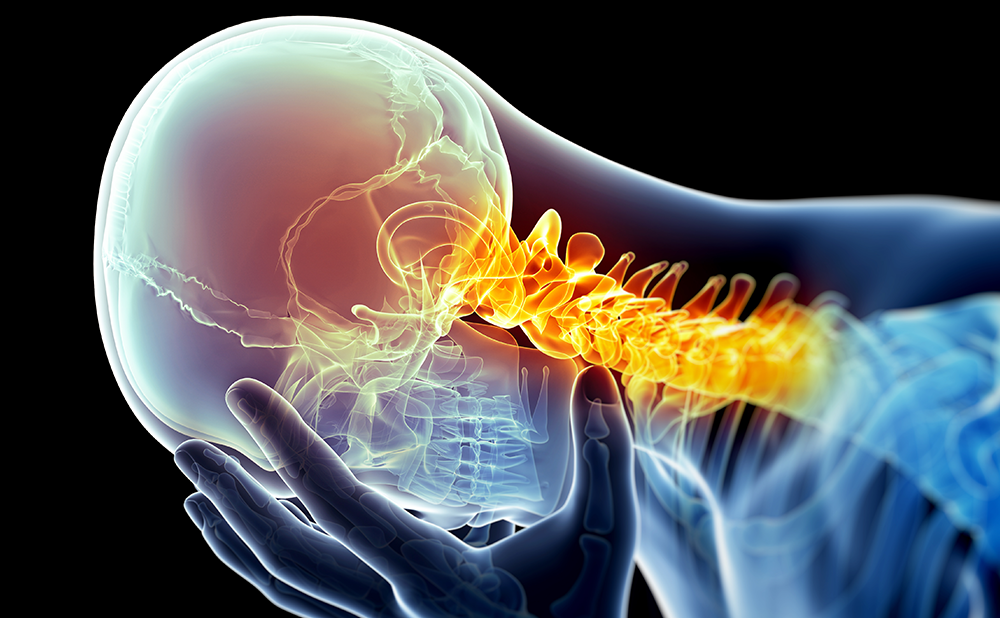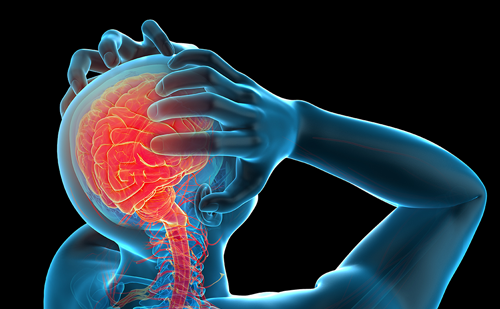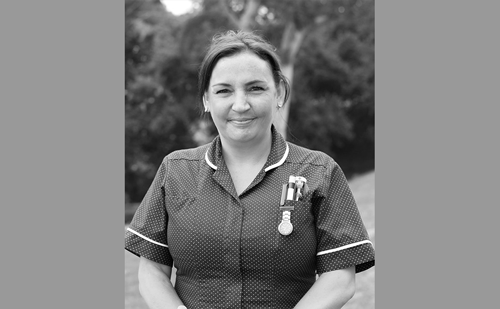Cluster headache (CH) is a primary headache disorder affecting up to 0.1% of the population.1 It is characterised by the extreme nature of the attacks, the unilateral distribution of pain and the accompanying ipsilateral autonomic symptoms and restlessness.2 Attacks may arise between once every other day and eight times a day during the attack periods, the bouts, and patients are highly burdened and disabled.3 Although the clinical features are distinct, CH may be misdiagnosed, and is suboptimally managed. In an expert interview, Nunu Lund discusses the unmet needs in the management of CH, as well as the findings of a recent study that may improve the diagnosis and management of this debilitating condition.
Q. What are the major unmet needs in the management of cluster headache?
The major unmet need is specific and effective treatment developed for CH, as regular painkillers are ineffective. Currently, attacks are treated with inhaled high-flow oxygen or injectable triptans. To lower attack frequency and/or severity, preventive treatment with verapamil or lithium is used in high dosages and therefore often lead to side effects. Antibodies targeting the signal molecule calcitonin gene-related peptide or its receptor are examples of upcoming specific drugs and headache specialists await the trial results with excitement.
Another unmet need in CH is to determine the pathophysiology behind factors that trigger the attacks. Sleep or sleep-related diseases, such as sleep apnoea, have been proposed, but three recent studies from our group seem to exclude such a simplicity.4–6 In most patients, attacks occur with a striking rhythmicity, indicating that the hypothalamus and especially areas linked to the suprachiasmatic nucleus (our master clock) are involved.6,7
Q. Cluster headaches were originally considered to be almost exclusive to men but it is now known that a substantial proportion of women suffer from cluster headaches. What is the reason for this change?
Interestingly, and for unknown reasons, the reported male:female ratios have decreased over the years from 18–20:1 in the 1980s to 3.5:1 in the more recent studies and now 2:1 in a UK and Danish study.8–10 Different hypotheses have been suggested to explain the decrease over the years. Changes in the lifestyle of women, especially in relation to smoking, has been suggested to result in an increased prevalence of CH in women.11 Smoking is interesting due to the consistently high prevalence of smokers among patients with CH. Therefore, it has been suggested that smoking is causally related to CH, yet the evidence is not convincing. Overall, the prevalence of smokers (in both sexes) is decreasing, as in the general population, and may therefore not fully explain the increasing prevalence in women. Therefore, an increased awareness and thereby a more accurate diagnosis may better account for the findings.
Q. Could you tell us a little about the aims and design of your recent study investigating differences between the sexes in the phenotype of cluster headache?
The study had two aims: firstly, to describe and compare the clinical characteristics in men and women in relation to misdiagnosis, diagnostic delay and sector of diagnosis. Secondly, to describe the attack distribution over the day (the chronorisk) for men and women.
Data was derived from the Danish Cluster Headache Survey, a questionnaire-based survey that was initiated in 2012 and continuously recruited patients and controls until it was completed in 2017. It consisted of a broad variety of questions on demography, CH diagnosis and characterisation, CH burden, sleep, lifestyle, treatment of CH and other diseases, and physical activity. It took patients approximately 1 hour to complete. A semi-structured interview verifying the diagnosis and clearing ambiguities was performed. Patients with CH were diagnosed by headache specialists according to the International Classification of Headache Disorders II.12
Q. What were the findings of this study in terms of the chronobiology of cluster headache?
In total, 351 patients participated, of which 235 were men and 116 were women. The chronorisk for all patients was highest between 1 am and 3 am. Interestingly, the chronorisk distribution differed between the sexes. The highest risks of attacks occurred approximately 1 hour later for women than for men (p<0.05), a difference that could not be fully explained by a longer self-reported sleep latency in women than in men (for patients with attacks within the last month).7
In a recently published study from our group, it was shown that phenotype (being episodic or chronic), preventive treatment with verapamil, and lifestyle factors also affected the chronorisk distribution in patients with CH.7 These results imply that the trigger of CH attacks is multifactorial.
Besides giving insights on the pathophysiology of CH, one way to apply the current knowledge could be to study whether the treatment could be optimised according to the identified risk in patients. In CH, individualised treatment with timing of administration according to attack risk could be an exciting way to improve treatment efficacy.
Q. What were the findings of this study in terms of the clinical presentation of cluster headache and what are the clinical implications of these findings?
To our surprise, our results showed that there were only few and minor differences in the clinical presentation of CH in men andwomen.10 Women should therefore, in theory, be as recognisable as men in all sectors of the healthcare system, including the primary and secondary sectors. However, our data indicated that this was not the case. Misdiagnosis was significantly more frequent in women, and twice as many women did not receive the correct diagnosis until seen in a tertiary headache centre.9 The consequences of misdiagnosis are likely to be incorrect management, and ultimately, unnecessary suffering.
Migraine-like symptoms in the form of photophobia, phonophobia, nausea and vomiting could very likely complicate the diagnostic process and explain part of our observations. An already existing migraine disorder could possibly also influence the diagnostic process. We found that the prevalence of migraine in women resembled that of the general population;10 nevertheless, migraine remains to be more prevalent in women than in men. Hypothetically, medical doctors could be reluctant to add a second headache diagnosis, i.e. both migraine and CH – if true, this could contribute as well.
Better headache education for medical doctors, as well as more public awareness, are essential to minimise diagnostic delay, misdiagnosis and mistreatment of cluster headache for both sexes.


